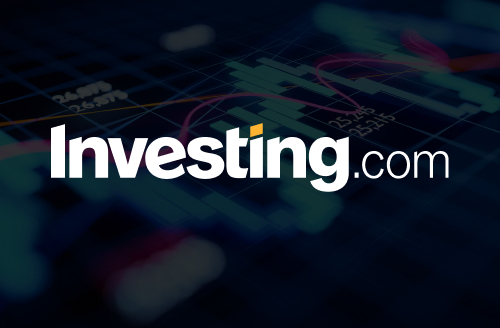Economic activity appears set to strengthen in the official Q2 , but the second half of the year looks relatively vulnerable. One factor is the possibility that the simmering trade war may heat up after President Trump on Monday announced new tariffs set to begin on August 1. America’s biggest trade partners are targeted, including Japan and South Korea, which are set to face 25% tariffs, according to the President’s social media posts on Monday.
China on Tuesday warned President Trump against reigniting trade tensions, vowing to retaliate against any country that strikes deals with the U.S. aimed at cutting China out of global supply chains. While both nations reached a trade framework last month to ease tensions, the agreement remains vague on key details. Investors are now watching closely to see whether it can hold up under a potential new round of trade brinkmanship.
US Economy on Track to Rebound in Q2 – But Uncertainty Persists
The US economy remains on track to rebound in the second quarter after the modest contraction in Q1, but the expected bounce has downshifted, based on the median estimate for a set of nowcasts compiled by CapitalSpectator.com.
The upcoming Q2 GDP report is on track for a 1.7% increase in output, according to the median. Although that marks a downward revision from the median 2.3% rise for our , it still reflects a solid, if modestly diminished recovery following Q1’s 0.5% decline. The Bureau of Economic Analysis is scheduled to publish its initial Q2 data on July 30.
Tariff Uncertainty Puts Fed in a Tough Spot
For the moment, optimism relies on expectations that trade deals of one form or another will prevail, thereby blunting any negative effects. One area where uncertainty still persists, with implications for the economic outlook, is how the Federal Reserve navigates the evolving state of tariff policy. The central bank is concerned that an inflation effect from tariffs is only delayed rather than sidestepped and so a hawkish bias for policy is still warranted. Trump’s renewed focus on tariffs seems likely to keep the Fed in a wait-and-see mode for for deciding how and when to change its stance.
Fed funds futures are currently estimating a high probability (95%) for no change in the Fed funds target rate at the next policy meeting on July 30. By contrast, the market is pricing in a 64% probability for a rate cut in September. The question is whether those estimates will be affected by the tariff news in the days ahead, and if so, what will it mean for the economic outlook?
“The US does not actually want zero tariffs or a free-trade agreement with these countries,” said Hsien-Ming Lien, president of the Chung-Hua Institution for Economic Research, a think tank in Taipei, Taiwan. “What Trump really wants to do is to build up a manufacturing supply chain which has as little influence from China as possible.”
